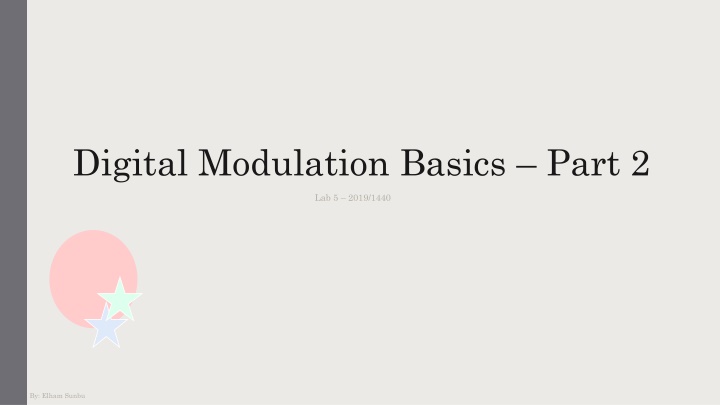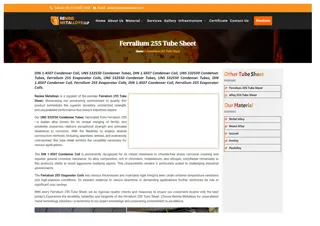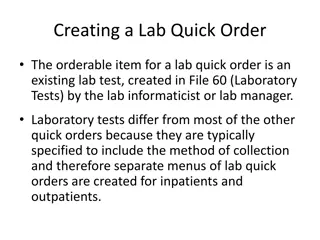
Digital Modulation Basics Lab: PAM and PCM Signal Generation Using Simulink
Explore the fundamentals of digital modulation with a focus on Pulse Amplitude Modulation (PAM) and Pulse Code Modulation (PCM) signals using Simulink. Learn to generate, modulate, and demodulate signals through practical applications and evaluations.
Download Presentation

Please find below an Image/Link to download the presentation.
The content on the website is provided AS IS for your information and personal use only. It may not be sold, licensed, or shared on other websites without obtaining consent from the author. If you encounter any issues during the download, it is possible that the publisher has removed the file from their server.
You are allowed to download the files provided on this website for personal or commercial use, subject to the condition that they are used lawfully. All files are the property of their respective owners.
The content on the website is provided AS IS for your information and personal use only. It may not be sold, licensed, or shared on other websites without obtaining consent from the author.
E N D
Presentation Transcript
Digital Modulation Basics Part 2 Lab 5 2019/1440 By: Elham Sunbu
OUTLINE Use the Simulink to generate a PAM modulated signal. PCM modulator.
Blocks Required: - Signal Generator Block -Pulse Generator Block - Product Block Scope We can find these blocks in the following locations of Simulink Library Signal Generator and Pulse Generator blocks: Simulink Sources Sine wave Simulink Sources Pulse Generator Product Block Simulink Math Operations Product Scope Block: Simulink Sink Scope
Settings 1. Generate a PAM signal where the message signal is 2 sin(6 t). 2. Generate a PAM signal where the message signal is 3 sin(5 t) with period 5, width 60. (Evaluation)
Application Evaluation Generate a PCM Modulator and demodulator for the following signals: 2 sin(6 t)
Generate a PCM Modulator and demodulator for the following signals: 4 sin(5 t)(Evaluation) 8 sin(8 t)
OUTPUT Scope of encoder Scope of decoder
Thank You 16





















